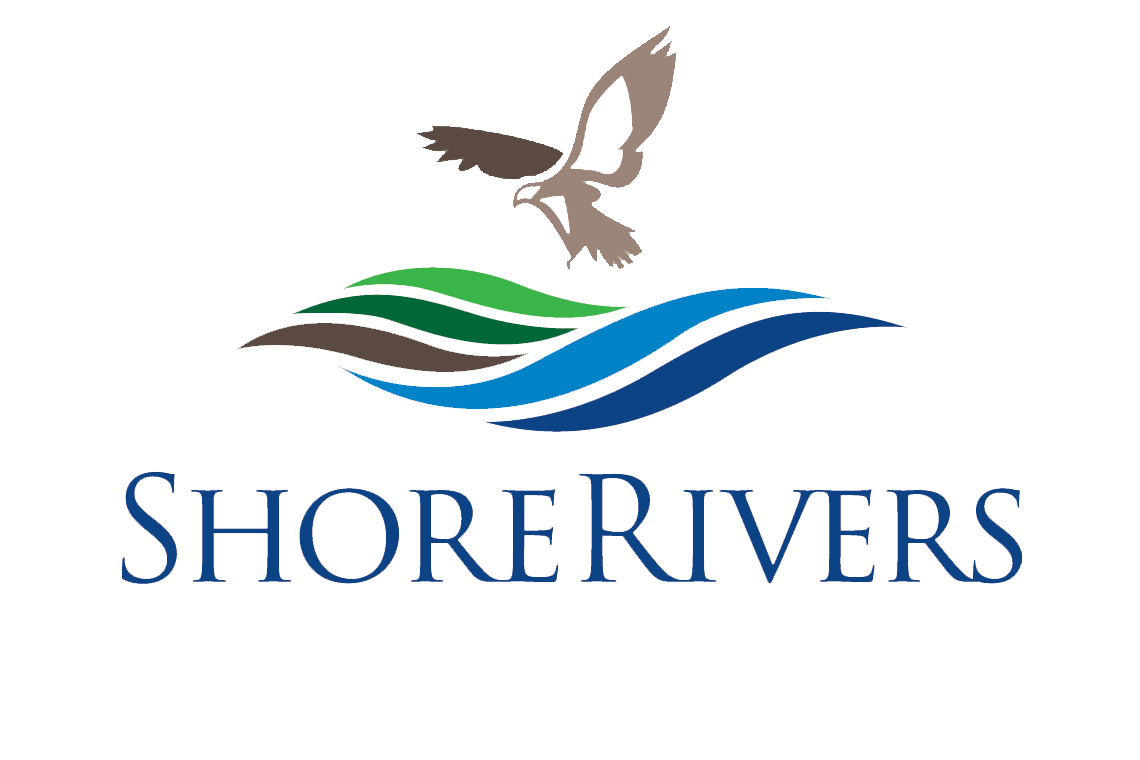SwimTesters: Bacteria Monitoring
“Is it safe to swim in the water?” This is a common question ShoreRivers is asked throughout the summer months when members of our community are hoping to find a refreshing place to cool off from the seasonal heat. To better answer this question, and to identify potential pollution hotspots, ShoreRivers runs a seasonal bacteria monitoring program.
ShoreRivers SwimTester volunteers monitor nearly 50 sites where people frequently come in contact with water, including popular swimming locations, marinas, yacht clubs, and towns. Volunteers collect water samples every Thursday morning from Memorial Day to Labor Day and deliver them to our offices. Riverkeepers then analyze the samples and distribute data on bacteria levels in the river. We aim to provide the public with the information they need to make educated decisions about their contact with the water. If you want to become a SwimTester, fill out the volunteer form below and we will be in touch.
If you would like to sponsor a bacteria testing site ($750 per season), use the button below to make your contribution or contact your Riverkeeper for more information about priority locations. To learn the latest seasonal bacteria testing results, visit theswimguide.org or follow #SwimmableShoreRivers on Facebook or Instagram.
SAMPLING PROTOCOL
SwimTester volunteers collect water samples every Thursday morning between Memorial Day and Labor Day. Volunteers wade into the water and collect a knee-deep (18 inches) sample in water that has settled, or collect a sample in a sterilized bottle on a pole if wading is impossible. Samples are then immediately transferred to a cooler with ice to maintain a temperature of ≤10℃ ( ≤50℉) and delivered to ShoreRivers within two hours of collection.
ShoreRivers follows standard laboratory protocols determined by the Environmental Protection Agency (EPA) for analyzing water samples for Enterococci. Water samples (100 milliliters) are mixed with Enterolert powder, transferred to a welled tray and placed in an incubator for 24 hours at about 41℃ (106℉). After 24 hours, the tray is placed under a UV light. If a well fluoresces blue, the result is positive for Enterococci. If there is no fluorescence, the result is negative. The number of wells that fluoresce blue under UV light is counted and then the number of colony-forming units (CFU) of Enterococci per 100 milliliters of water is determined. Results can range from less than 10 CFU/100 mL to greater than 24,196 CFU/100 mL. For reference, Enterococci in raw sewage can contain up to 100,000 CFU/100 mL.
Bacteria results are typically compared to a benchmark, or threshold number that is based on the estimated risk to human health. The State of Maryland has water quality regulations for bacteria at public beaches. Maryland's official Beach Action Value (BAV) for Enterococci, which is used to determine if a designated public bathing beach is safe for swimming and requires a public advisory, is 104 CFU per 100 mL (COMAR 26.08.09.01). This specific Enterococci standard is used for marine and estuarine beaches (salt or brackish water) in Maryland, as well as in other states. This BAV is intended to be a highly protective, conservative benchmark used by beach managers to make immediate beach notification or advisory decisions based on one single-day sample. If a water sample collected at a designated beach exceeds 104 CFU of Enterococci per 100 milliliters of water, the local health department is typically required to issue a public notification or advisory against swimming.
ShoreRivers also categorizes our bacteria results as either passing or failing to meet the state’s 104 CFU/100 mL Beach Action Value.






